
Welcome to the Osa Peninsula
- Home
- About the Osa Peninsula
About the Osa Peninsula
Jutting out from the southern coast of Costa Rica lies the Osa Peninsula, the country’s wildest and most spectacular region. Bordered by the pristine Golfo Dulce on the east side and the Pacific ocean on the west makes for some stunning land and sea-scapes. Evolution at it’s finest. Osa is a bit more remote compared to other more developed parts of the country like Quepos, Dominical or the arid Guanacaste zone. It’s more lush and tropical with spectacular wildlife, deserted beaches and virgin forests. This attraction draws people with a bit more pioneer spirit and a desire to co-exist with unspoiled nature.
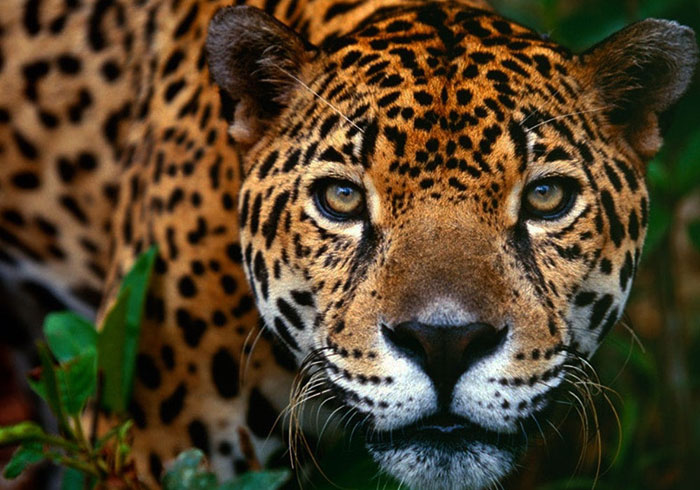
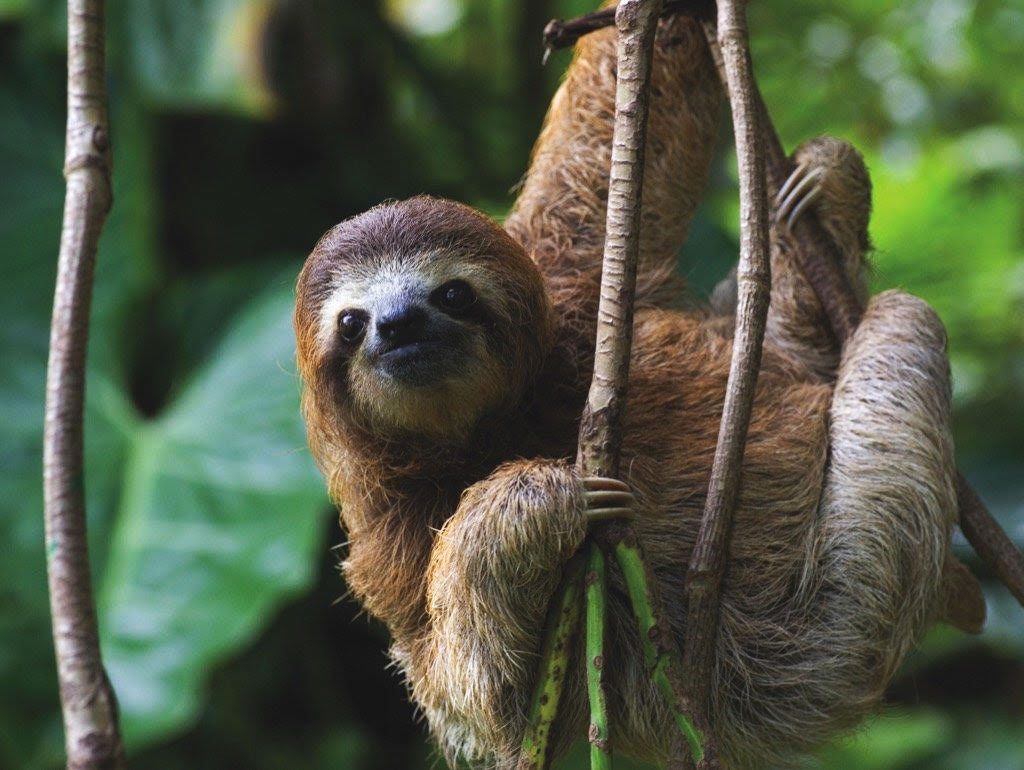
Much of the peninsula is still without electricity although high speed internet has arrived. Fiber optic cable now
runs all the way to Puerto Jimenez and paid wireless service covers much of the peninsula now. The main road
around the peninsula all the way to Carate is gradually being improved and new bridges across all the rivers are
being built as of this year (2021). However four wheel drive is still a necessity here. Many of the foreign owned
homes and tourist resorts operate on solar power, generator or hydro-power. The population of the entire area is
about 5,000 people with approximately 200 foreigners living here on the Osa at least part of the year. For those
of us that live here, the Osa is what Costa Rica is all about.
runs all the way to Puerto Jimenez and paid wireless service covers much of the peninsula now. The main road
around the peninsula all the way to Carate is gradually being improved and new bridges across all the rivers are
being built as of this year (2021). However four wheel drive is still a necessity here. Many of the foreign owned
homes and tourist resorts operate on solar power, generator or hydro-power. The population of the entire area is
about 5,000 people with approximately 200 foreigners living here on the Osa at least part of the year. For those
of us that live here, the Osa is what Costa Rica is all about.
Osa, means “bear” which the native people called the giant anteater. The Osa is home to Corcovado National Park, the crown jewel of Costa Rica’s national park system and one of the most biologically diverse places on earth according to National Geographic. The largest trees in Costa Rica are found in the forests of the Osa. Endangered plant and animal species still exist here such as the Tapir, the Giant Anteater and the Harpy Eagle that preys on monkeys in the trees. The big cats are still king of the jungle and the more common wild animals are seen regularly near the towns including Scarlet Macaws and four species of monkeys.
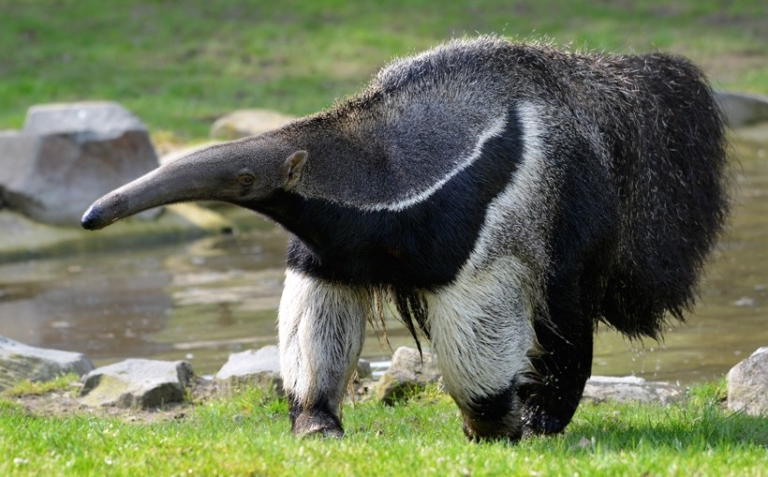
The Osa is the only place in Costa Rica where you can see all four species of indigenous monkeys
Howler Monkey
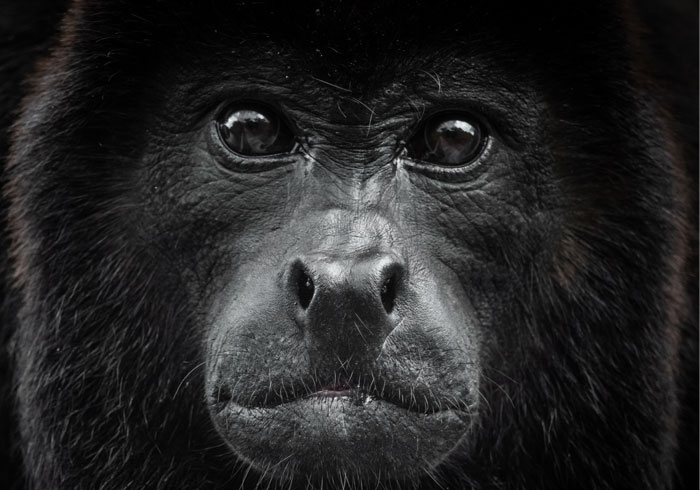
Spider Monkey
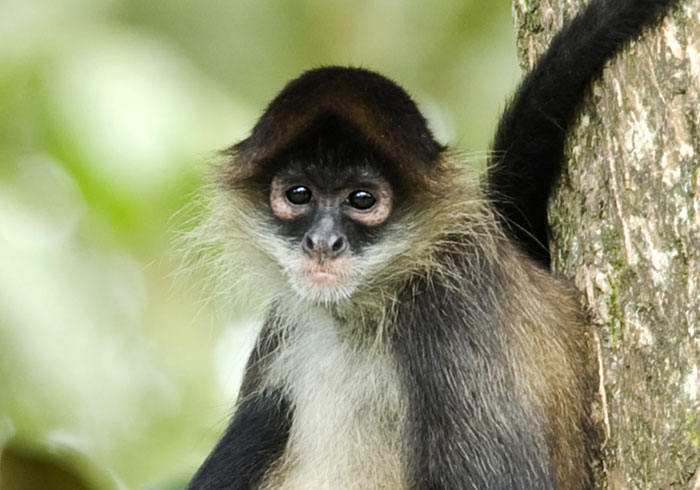
Squirrel Monkey
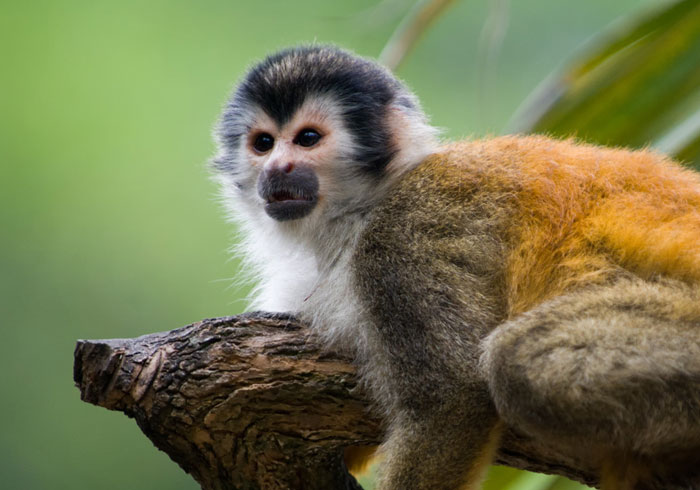
White-faced Capuchin Monkey
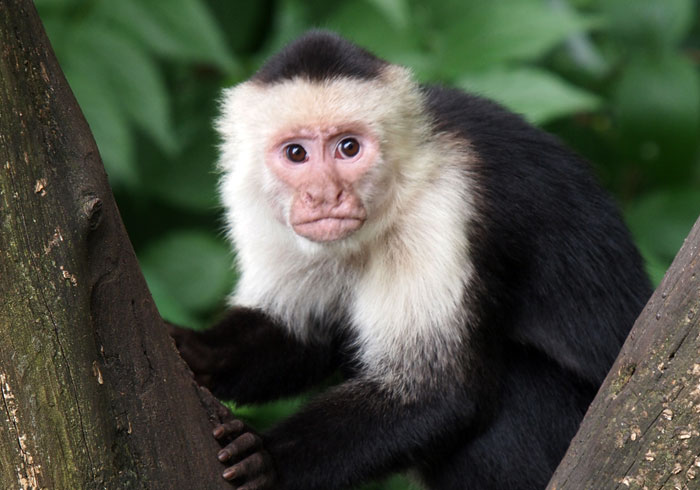
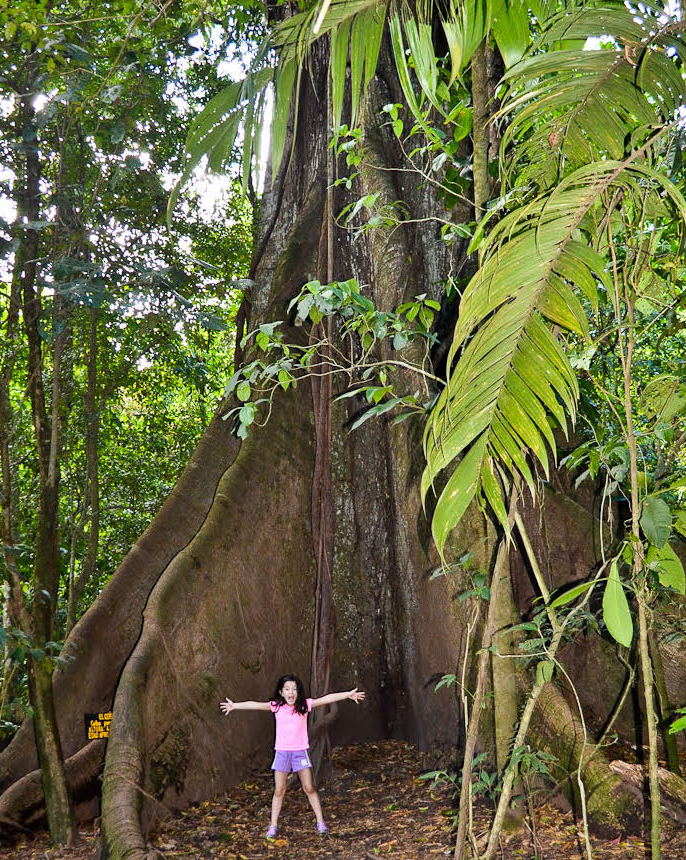
The Osa’s unique bio-diversity is made up of eight different habitats with the largest and most exuberant lowland wet tropical forest remaining in Pacific Central America. Species density and geographical location make it unique.
Non-mainstream tourist’s have discovered this previously little known, rugged paradise and come from around the world to experience the “wild side” of Costa Rica, the undisputed best kept secret, a naturalist’s paradise and an outdoor adventurer’s dream. Truly a paradise lost, 30 years ago Outside Magazine called it “The last best peninsula” which holds true to this day.
BUGS:
There is an amazing variety of insects in Costa Rica, over 10,000 species right here in the Osa. But the stories of killer mosquitos is all hype, actual numbers aren’t even close to the summer swarms in parts of the Midwestern US. Snakes and lizards are also plentiful but you won’t see them that much unless you are out in the habitat at night or disturbing their hiding places in the daytime.
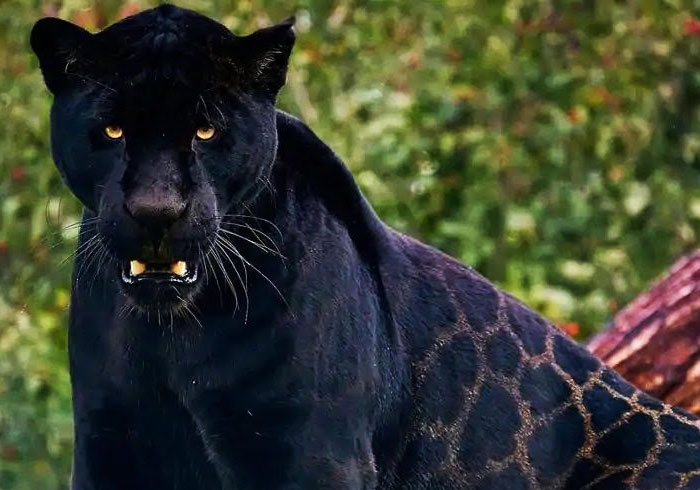
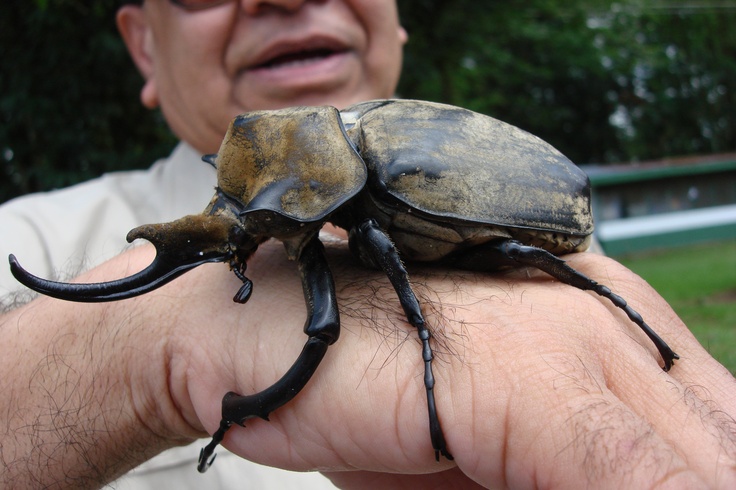
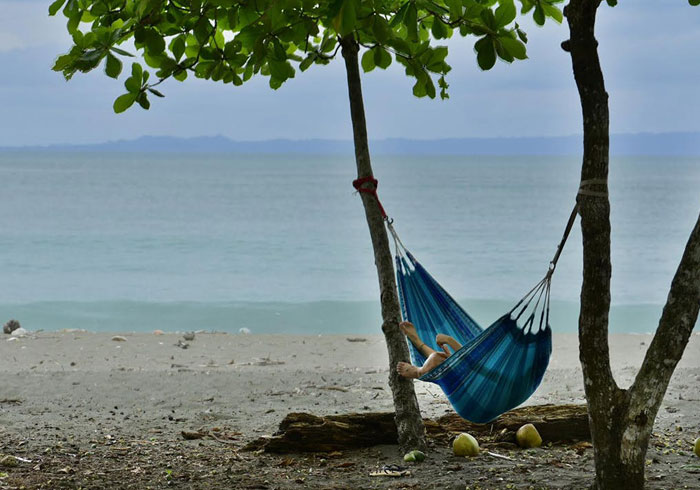
CLIMATE:
How’s the weather? Fairly hot all year, of course. It’s the tropics! The key is to stay hydrated – I recommend the beer! But being a peninsula of land surrounded by water tempers the climate somewhat along the coastline and at elevation. The heat is not as intense as the drier Guanacaste region nor as stifling as the summers in south Florida. December through April is the dry season with the rainy season starting around May. The heaviest rains come in September and October. The Caribbean born hurricanes only pass as far south as Nicaragua, affecting Costa Rica with heavy rains but not the destructive high winds.
PUERTO JIMENEZ
The gateway to the Osa was originally called Santo Domingo, a frontier outpost for gold miners, loggers and farmers. Main access was by boat up until the road was improved in the 70’s. Situated on a small harbor facing the Golfo Dulce, “Port Jimenez” has a paved airstrip with daily commuter flights to and from the capital city. The main road is paved from the PanAm Highway all the way to Jimenez but from there the secondary roads are gravel, passable but rough. Jimenez has a small hospital, a good supermarket and hardware and assorted shops and restaurants, cell and internet service. Four wheel drive taxis can take you anywhere around the peninsula.
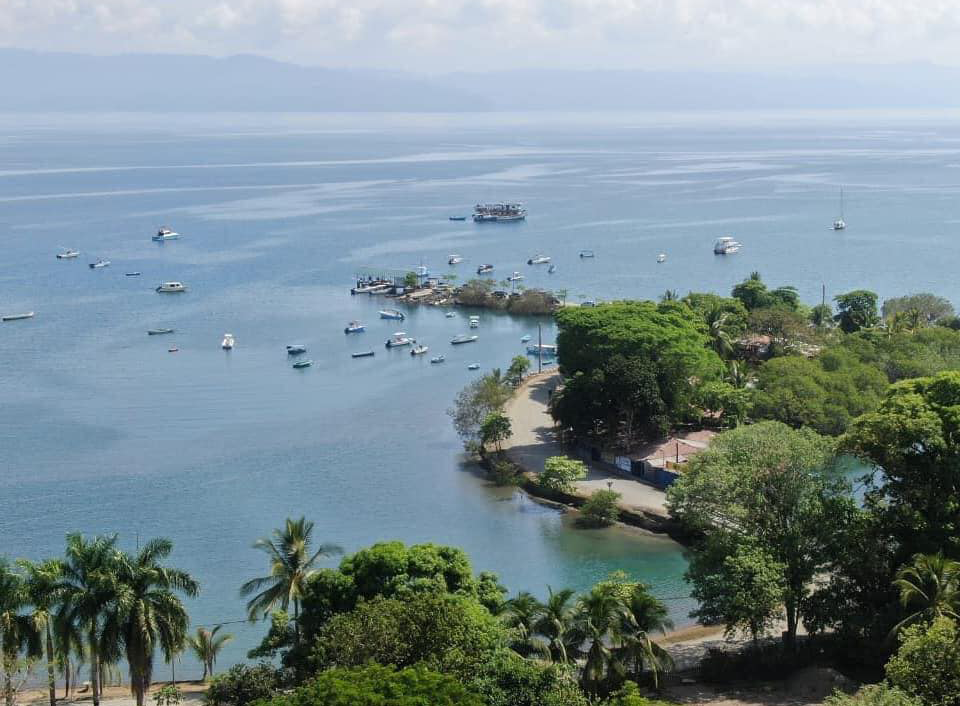
The Osa Peninsula contains an astounding 2.5% of the world's biodiversity!
Bird Species
0
+
Mammal Species
0
+
Tree Species
0
+
The Best Ways to Experience the Osa Hiking Boating Biking Surfing Fishing Diving

Bird Watching
Wildlife Photography
Hiking
Horseback
Zip Line
Fishing
Surfing
Kayaking
Snorkeling/Diving
Mountain Biking
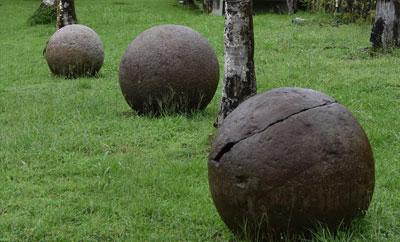
The Mysterious Spheres of Diquis Valley in the Osa
There are no written stories to pass on nor tribes left to tell us about these nearly perfectly round spheres. Questions remain unanswered about why they were made, what tools were used and where the materials came from. Perhaps they were used as a part of a navigation system, maybe they are a missing piece of the Atlantis?
Some simply speculate the spheres were used to represent the status in a household or village – many were blown apart thinking there was gold in the centers. What is fact is that locals agree there is something mystical about these spheres, a must see if you are visiting the Osa.
Ranging in size, from 90 cm in diameter to 2 meters, the first spheres were discovered in 1939, when the United Fruit Company began developing their banana plantations in the Delta of the Diquis River. These rocks, made of “gabbro,” have immense energy; during the day, they are hot to the touch, reaching temperatures up to 54°C, and as low as 20°C at night. Archeologists are puzzled to find them as far out as Caño Island. They know the transportation of the spheres must have been quite an undertaking, as some of them weigh up to six tons. They are thought to have been created as early as 200 BC, and amazingly, more of these mysterious spheres continue to be discovered in the Southern zone of Costa Rica every year.
The best place to see these pre-Columbian spheres is in Palmar Sur, where several spheres remain in their original position. Guided tours are available year round and offer a wealth of information regarding the history, surrounding the enigmatic spheres. A museum is announced to open this coming July.
Source: Ballena Tales Magazine
